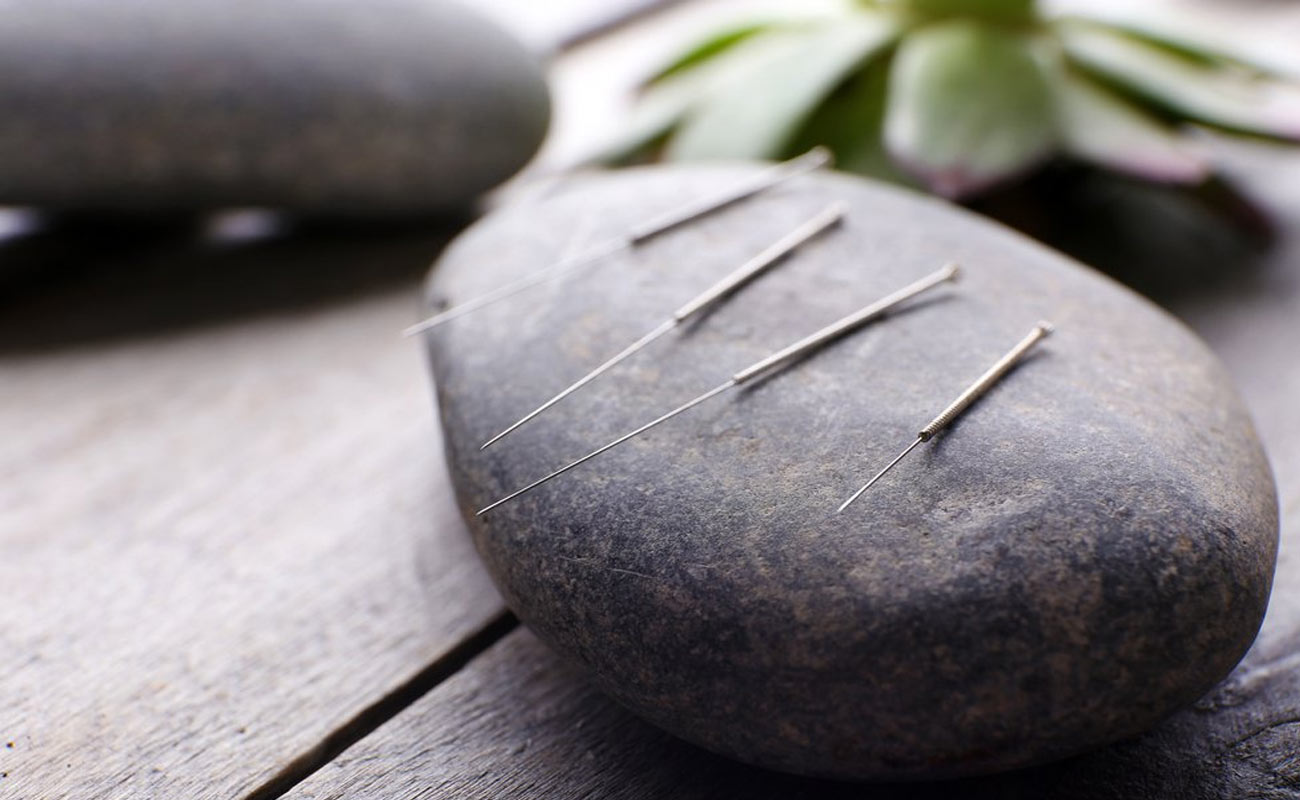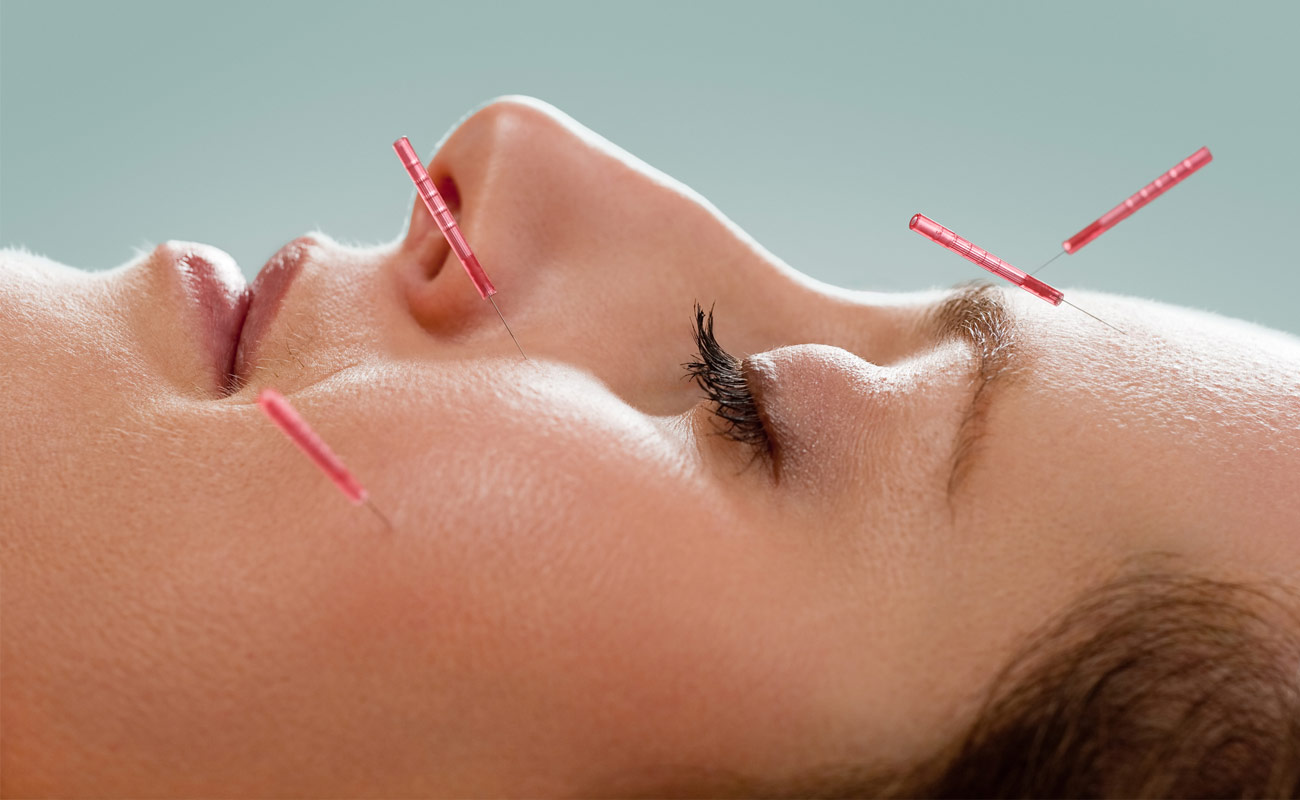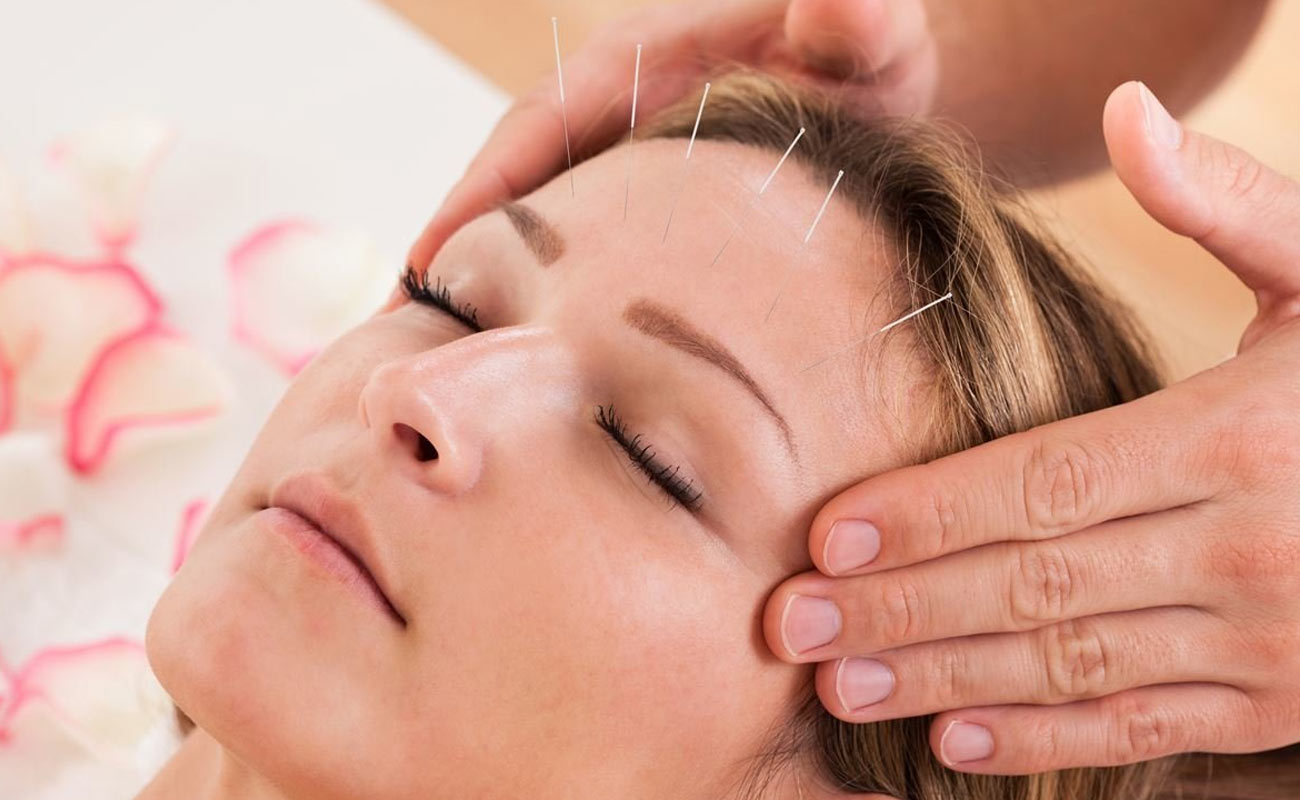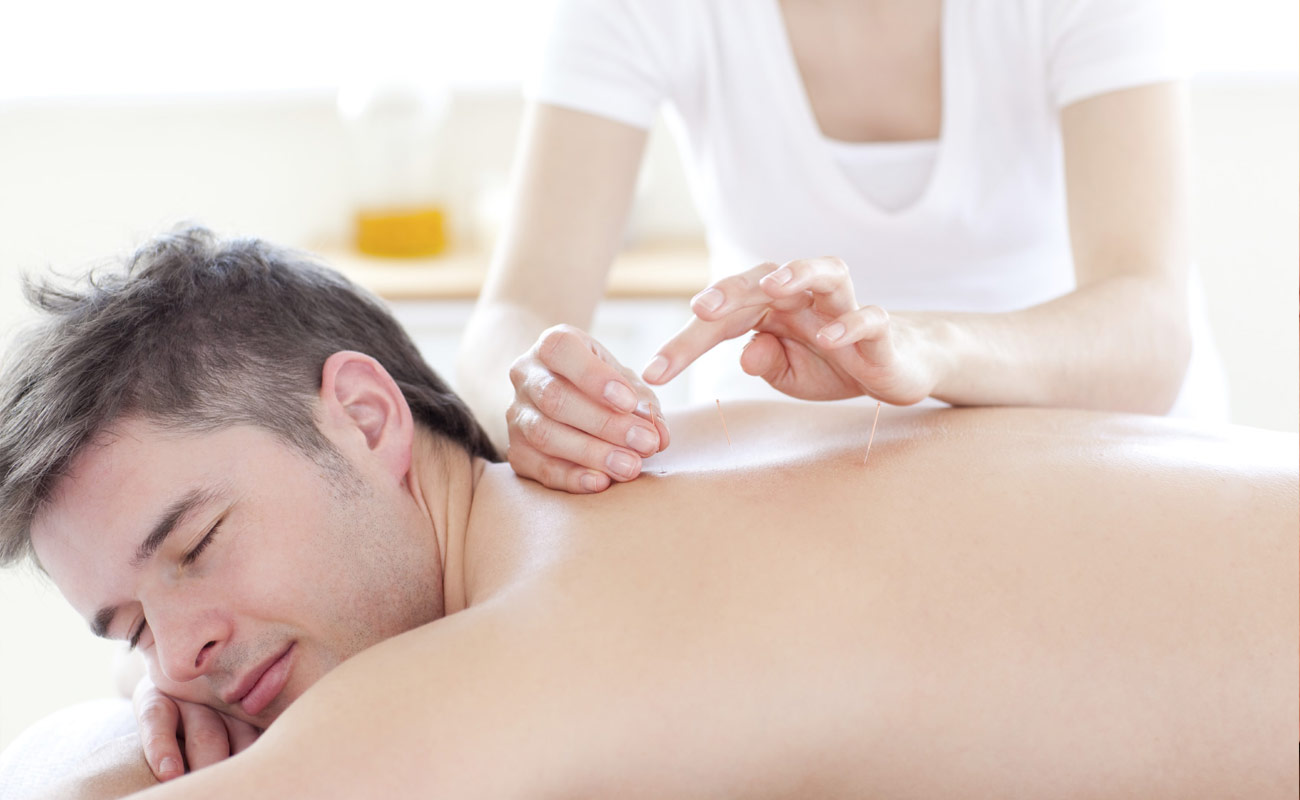Stemming from Traditional Chinese Medicine, acupuncture is a general health method practiced by trained professional who stimulate specific points on the body by injecting needles into the skin.

Nowadays acupuncture is one of the most common practices of Traditional Chinese Medicine in the West. TCM as a health approach invented in ancient China more than 2,500 years ago. It has ever since been developing.
Practitioners of TCM use holistic techniques to treat a variation of sicknesses, discomforts, pain, and stress-related symptoms.
The use of acupuncture and other TCM techniques has risen gradually in the U.S and some other developed countries over the past years. As indicated by a large survey performed by National Institute of Health, some 3.1 million individuals tried acupuncture in 2007 only in the USA. The survey reported that the number of acupunctures performed had been tripled between 1997 and 2007.
Unexpectedly, needles used in acupuncture treatments are comparatively painless. One of the most common advantages of this technique, in fact, is to decrease pain throughout the organs in a regular manner. It happens without employment of the drugs that could trigger unwelcomed side effects.

Most studies scrutinizing acupuncture up until now have examined whether acupuncture could reduce pain in a safe way or not. Nevertheless, it is likely that in the near future, investigators will keep on studying whether or not it might help with other disorders, too. Anxiety, depression, inflammation, hot flashes, side effects of chemotherapy and insomnia are among those conditions that could be healed by this holistic technique.
Western medical acupuncture is the employing acupuncture following a medical diagnosis. It, generally, involves stimulating sensory nerves under the skin and in the muscles of the body.
This causes the body to produce natural substances, like endorphins to relieve the pain. These substances that are naturally released are thought to be accountable for the advantageous effects experienced with acupuncture.
Typically a course of acupuncture is more beneficial, creating longer lasting relief than when a single one treatment is applied.
Traditional acupuncture is founded based on the idea that an energy, or "life force", moves through the body in channels called meridians. This life force is known as Qi.

The traditional practitioners believe that when Qi doesn't flow freely and easily through the body, ailments could come as the result. They also suggest that acupuncture can restore the flow of Qi and whereby the health of the person get restored.
With a competent, certified acupuncture practitioner, the risks of the procedure will be low. However, some of the risks of performing this procedure are as follows:
Everyone are not acceptable for acupuncture or for certain kind of acupuncture. Those disorders that may increase the risks of complications and side-effects include:
Normally, a primary acupuncture session will be a session of assessing the general health, medical records and a physical examination which typically will be followed by insertion of the needles.

Most acupuncture sessions goes on between 20 and 40 minutes.
Courses of treatment usually involve around 10 separate sessions, but it still can vary.
First you inform the practitioner about you’re your medical records and other information.
If you visit the practitioner for a certain health condition, then, you have to tell him about the signs and symptoms of your condition and about any other treatment you have received.
At this time, the acupuncture practitioner might perform the physical examination.
After taking the medical records, the practitioner may begin the acupuncture insertion procedure. The needles are inserted into specific places on the body. Practitioners call these certain places, acupuncture points.
Normally you will be asked to lie down during the procedure. You might aw well be requested to remove some clothes so that the practitioner could access some parts of your body.
The needles employed in the sessions must be fine and not that long. They should be disposable pre-sterilized needles that are disposed instantly after the procedure.
Depending on the number of signs and symptoms and based on the condition one has, acupuncture practitioners may choose certain points to place the needles. From 1 to 12 points usually are used during a session.
The needles might be inserted under the skin, or deeper to reach the muscle tissues. When the needles are inserted, they might be left still for a period of time which usually lasts from a few minutes to around 30 minutes.
You might feel a little itchy or experience a dull ache when the needles are in place. Any significant pain should not be experience. If you do, make sure your practitioner knows it right away.
For some of the cases, the practitioner might rotate the needles or stimulate them through using a moderate electric current. This is called electroacupuncture.
Submit Comment